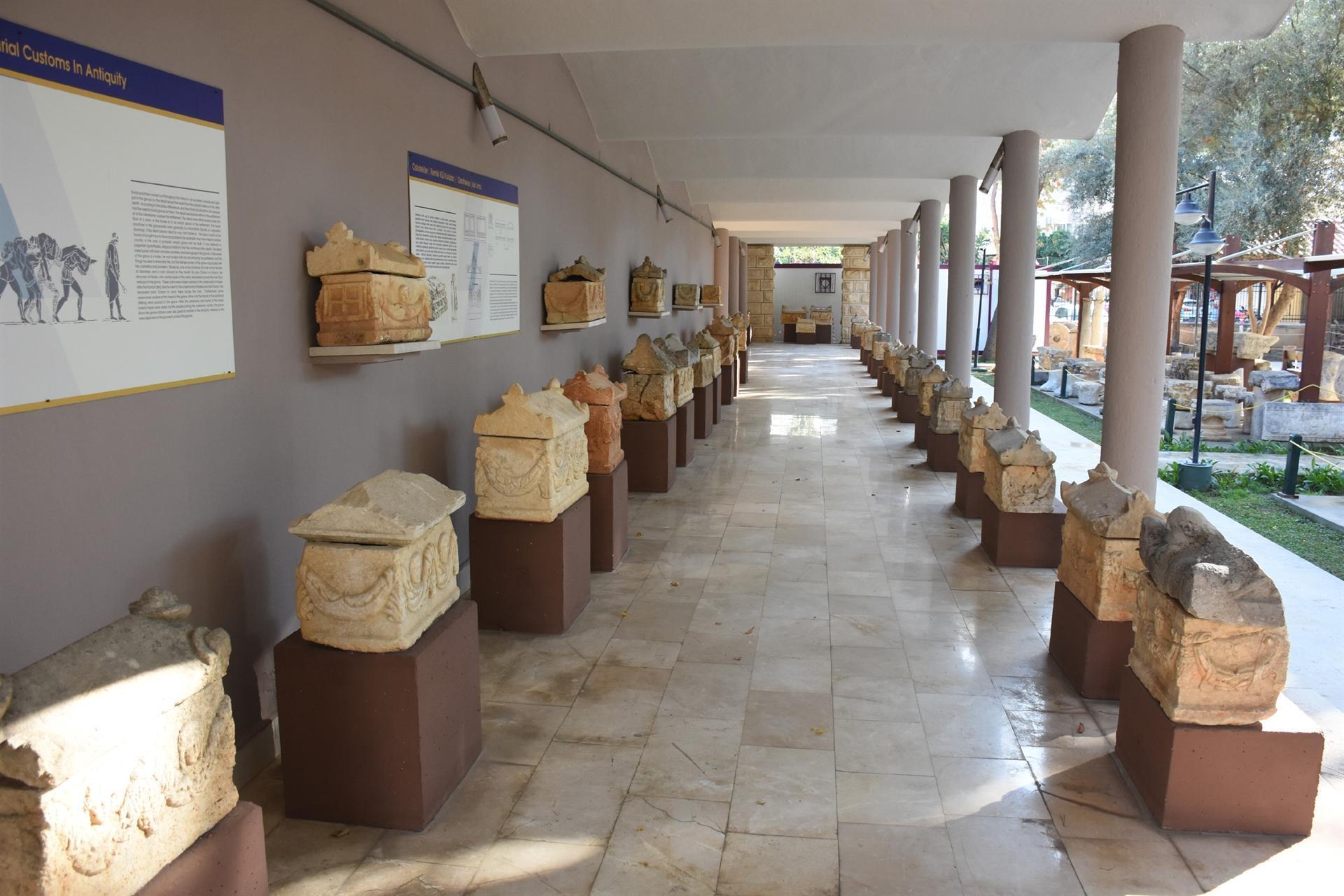
The Alanya Museum, where cultural assets belonging to the Neolithic and Hellenistic periods as well as artifacts from the Roman, Byzantine, Seljuks and Ottoman civilizations are on display, provides information about the ancient Anatolian civilizations.
Located in the Alanya district of the southern province of Antalya and hosts various civilizations, the museum was opened in 1967 with artifacts from the Bronze Age, Urartu, Phrygian and Lydian periods that were transferred from the Museum of Anatolian Civilizations in Ankara.
Many new sections, inspired by the urban identity of Alanya, were created in the museum in 2013, with chronological and thematic exhibitions. The bronze statue of Heracles, the symbol of power, is exhibited in a separate hall.
Speaking to the state-run Anadolu Agency, Alanya Museum Director Seher Türkmen said that they have been carrying out works for the preservation and exhibition of the artifacts and to transfer them to future generations.
Stating that Gazipaşa, Gündoğmuş and Alanya districts, where there are many cultural assets, are under the responsibility of the Alanya Museum Directorate, Türkmen said that the registration studies of these assets were carried out by the Conservation Board.
Stating that archeological excavations were carried out in Alanya Castle and the ancient city of Syedra last year with the permission of the Culture and Tourism Ministry, Türkmen said that they were able to carry out only a short-term restoration and warehouse work in the ancient city of Antiocheia Ad Cragum in Gazipaşa due to the COVID-19 outbreak.
She said that every data and artifacts unearthed during archaeological excavations undergo a detailed scientific process and that they were delivered to the museum to make a contribution to the promotion of Alanya and the country.

Visitors coming to the Alanya Museum are presented the works of the Anatolian civilizations chronologically in the first hall, Türkmen said.
“These works contribute to the education of students. Foreign visitors also learn about the Anatolian civilizations. Alanya Castle artifacts, ship and maritime artifacts and bronze Heracles sculpture are exhibited in separate halls,” she added.
She also said that there were many works in the showcases arranged under the headings of mythology, trade, sports, health, glassworks and jewelry.
“A Phoenician inscription from 625 B.C., which is the oldest written document of the region, and a tile with the titles of Sultan Alaeddin Keykubad, which was found in the Alanya Castle excavations, a lead seal with the portrait of Alaeddin Keykubad and other various tiles and small finds are just some of these works,” she said.
Explaining that the female and male figures in the ash box (ostotek), which reveals the ancient burial customs of the region, are displayed with the slogan “Love was always there,” Türkmen said that the agricultural artifacts, column heads, Islamic inscriptions and tombstones were also exhibited in the museum garden.